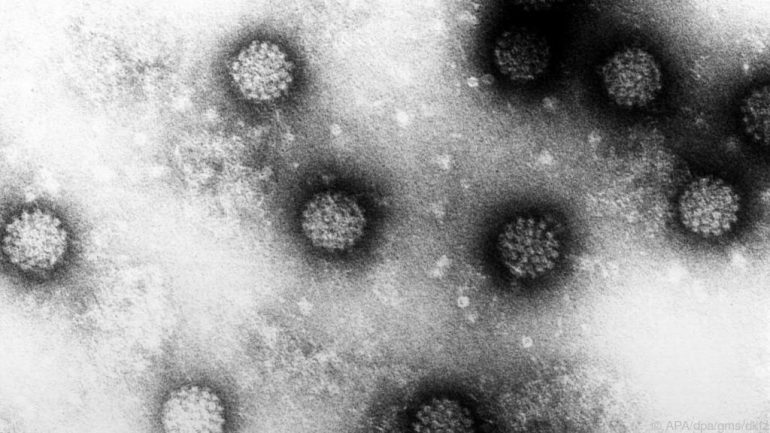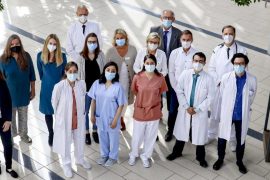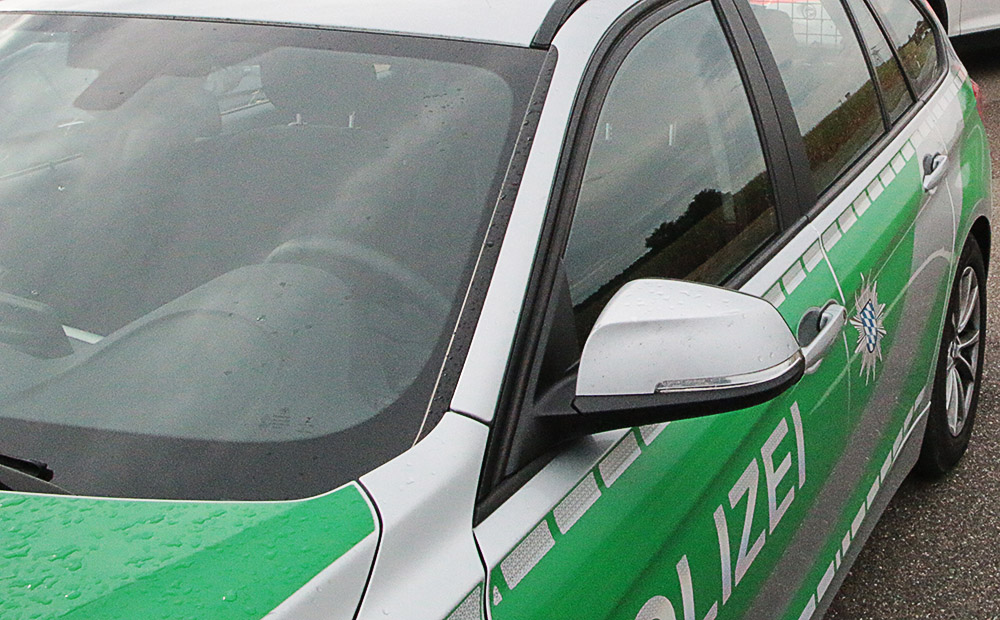Viruses are known to be pathogens that range from annoying to lethal, such as the common cold virus (rhinovirus), SARS-CoV-2, and HIV. However, “slimmed-down versions” of various viruses are useful as gene carriers for scientists to characterize cells and alter cell functions. A “virus service team” from the Institute of Science and Technology Austria (ISTA) in Klosterneuburg (Lower Austria) is building such a gene shuttle for research purposes, ISTA reports in a broadcast.
ISTA researchers use genetically modified viruses for bio-research (symbol image)
Genetic material can be introduced into cells to study them using specially created laboratory-created virus gene carriers, which are derivatives of natural viruses. According to bioengineers working with Flavia Leite, it would be possible, for example, to follow step-by-step mechanisms for growth, movement and metabolic activities in cells.
Natural viruses are small molecular machines that are highly efficient in infecting host cells and causing them to produce virus particles. Most of them are smaller than the shortest wavelengths of visible light (380 nanometers = violet at a billionth of a meter). According to Leight, they are spread all over the world.
Viruses rendered harmless
Viruses consist of a protein shell, which is sometimes (in the case of coronaviruses) surrounded by an additional fatty shell. These coatings protect the viral genome, which says that many new viruses can be produced from infected cells. This function is involuntarily taken over by host cells, which usually harm themselves as a result.
“In the virus service lab, we use modified viruses that are no longer dangerous,” Leite says. “You can infect cells, that is, enter them, but they are not infectious and cannot move to a new host,” she explained to the APA: Virus genes shuttle as soon as scientists use them in experiment. and could not infect new cells or even a human or other animal. “Your only job is to deliver proteins to the cells,” says the bioengineer.
Researchers handle virus gene shuttles in the biosafety workspace in biosafety laboratories (safety level 1-2, here no SARS-CoV-2 virus should be allowed to multiply) as they are theoretically infected with virus gene shuttles. Maybe, Leite says: This risk will only affect researchers, because viruses that have been degraded as gene carriers cannot spread further. “They are made with the utmost care so that they don’t have any genes that would allow them to produce new viruses,” Leite explains.
Viruses as molecular tools
She reports that instead of the original genetic material for virus replication, they carry any genes in cells that researchers want to know more about. Part of this genetic code is designed to be inserted into the natural genome of the cell.
With so-called “adeno-associated virus” one can produce, for example, a green fluorescent protein (green fluorescent protein – GFP). Target cells, or certain structures within them, will then appear to glow green under a microscope if they are irradiated with ultraviolet light. In addition to green, there are also blue, red and yellow fluorescent proteins, so it would be possible to mark many different structures in color to observe their development.
“Our viruses also act as molecular tools,” Leite says: “You can use them to turn off genes, for example, to understand what role it plays in the cell.” In addition, researchers sometimes turn genes on and off by flashes of light. “Adeno-associated viruses are particularly useful to neuroscientists because they target different types of brain cells,” the researchers explain. This means you can research different brain structures.
It is possible to create continuous cell lines
“Lentiviruses” in turn have a “special ability” to make pieces of genetic material (DNA) that they carry an integral part of a cell’s genome. “In this way, the introduced DNA is then passed on to the cell’s progeny, and we can generate continuous cell lines,” Leite says. Here also the introduction of green fluorescent protein is possible. “At ISTA, for example, Sandra Siegert uses them to track microglial immune cells in the brain, and Michael Sixt uses lentiviruses to observe immune cells moving through dense tissue.”
The Virus Service team at ISTA in Klosterneuburg also produces derivatives of the rabies virus. “Although it is very dangerous in its natural form, in the laboratory it can help neuroscientists map connections in the brain,” says virus service technician Mark Smith. “When used properly, it innervates nerve cells in the opposite direction to the flow of information. In the brain.” The information pathway is thus visible under the microscope as the virus causes neurons to produce fluorescent proteins.
(APA/Red, Photo: APA/APA/DPA/Gram/DKFZ/A9999DKFZ)

Web guru. Amateur thinker. Unapologetic problem solver. Zombie expert. Hipster-friendly travel geek. Social mediaholic.





